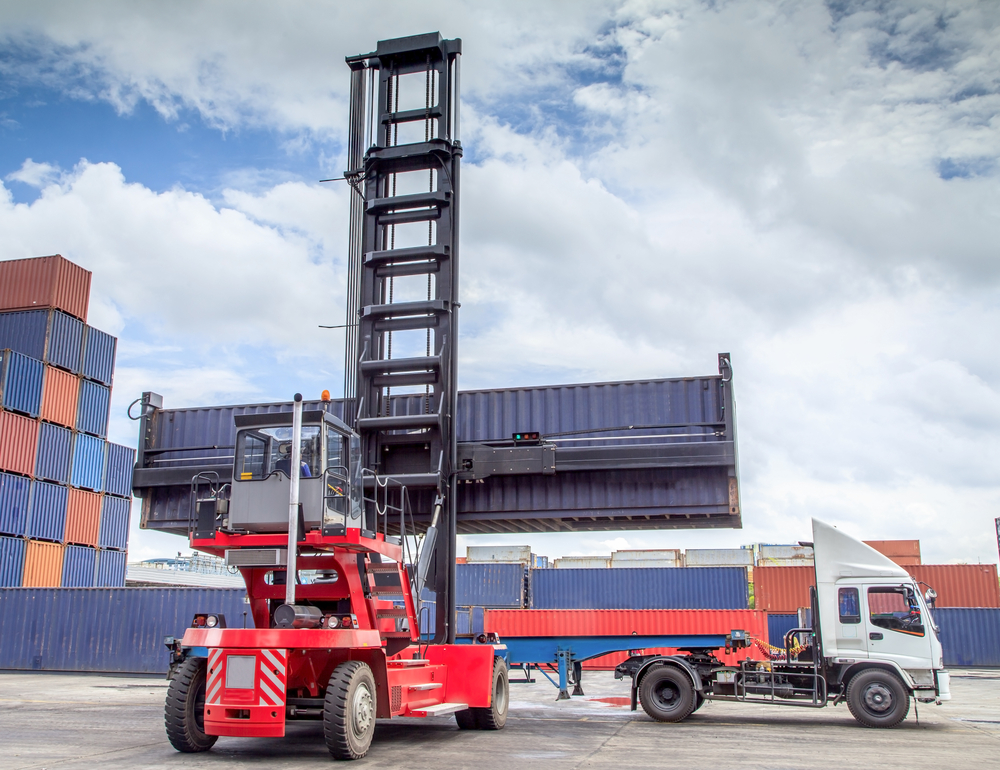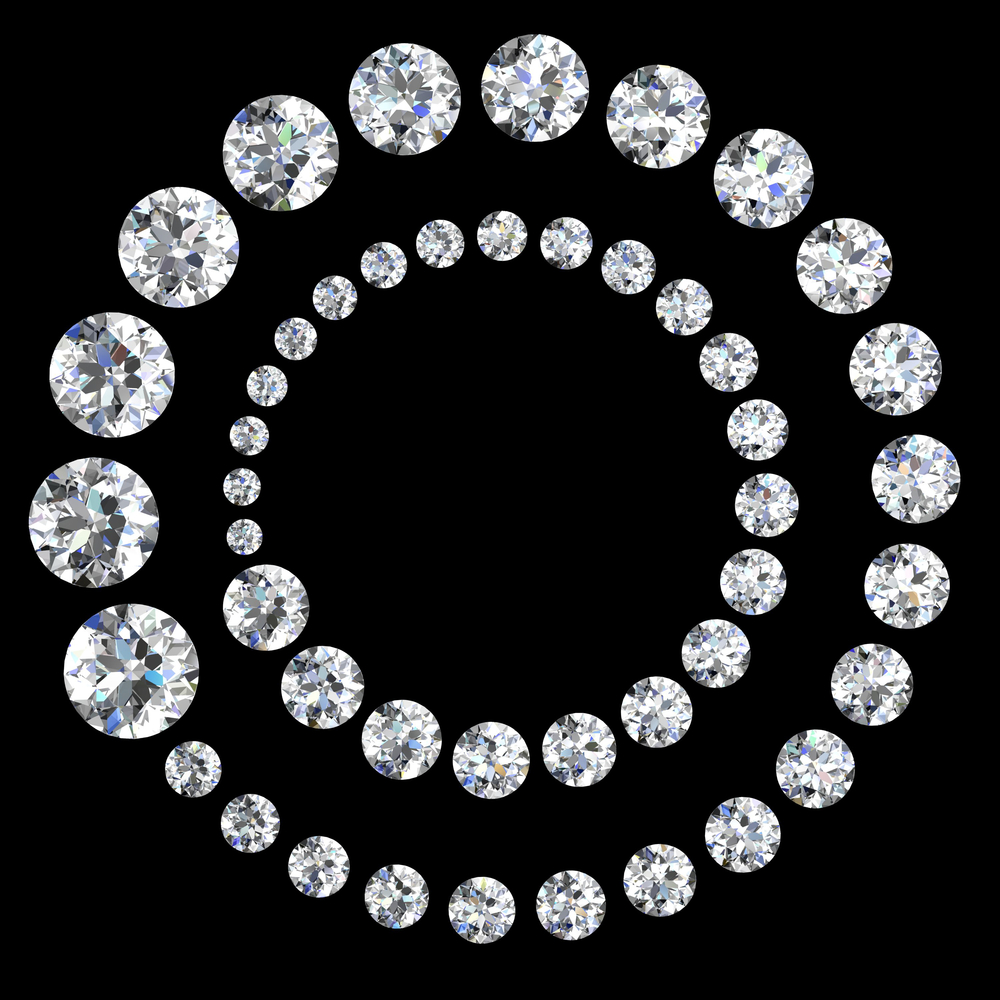| 1.0 | Stainless Steel & Alloy Wire | 1 – 30
|
| 1.1 | Definition of Stainless Steel | 3 |
| 1.2 | Production Method & Production Flow Chart | 4 – 5 |
| 1.3 | Features of Stainless Steel | 6 |
| 1.4 | Corrosion of Metal | 7 – 12 |
| Corrosion | 7 | |
| Definition of Corrosion | 7 | |
| Different kinds of Corrosion | 7 | |
| Law of “Faraday” | 7 | |
| Corrosion Cell | 7 | |
| Environment Cell | 8 | |
| Type of Corrosion | 8 | |
| How Natural Environment, water, sea water, soil and concret affect metal ? | 9 | |
| The Rate of Corrosion of Metal made by Fresh Water, Sea Water and Soil | 10 | |
| The Weak Point of Metal is the Starting Point of Corrosion | 10 | |
| How Temperature affects Corrosion | 10 | |
| Crystal Defects | 10 | |
| Cold Working | 10 | |
| Grain Structure & Inter-granular Corrosion | 11 | |
| Grain Shape | 11 | |
| Solution of Corrosion Resistance | 11 | |
| Purity of Metal | 12 | |
| Additive on Metal | 12 | |
| Heat Treatment | 12 | |
| 1.5 | Rusting, Corrosion Resistance of Stainless Steel & Titanium against Chemicals | 13 – 15 |
| Rusting | 13 | |
| Corrosion resistance of Stainless Steel & Titanium against chemicals | 13-15 | |
| 1.6 | Classification, Corrosion Resistant & Heat Resistant of Stainless Steel | 16 – 17 |
| Chrome Stainless Steel | 16 | |
| Martensite Stainless | 16 | |
| Low Carbon Martensite Stainless | 16 | |
| Ferrite Stainless Steel | 16 | |
| Nickel Chrome Stainless Steel | 17 | |
| Precipitation Hardening Stainless Steel | 17 | |
| Fe / Mn / Al Stainless Steel | 17 | |
| 1.7 | Nickel Allergy | 18 – 20 |
| Mechanism of Nickel Allergy | 18 | |
| Nickel Emission and Metal Corrosion | 19 – 20 | |
| 1.8 | Magnetic Property & Stainless Steel | 21 |
| Diamagnetism, Paramagnetic & Ferromagnetism | 21 | |
| Permeability | 21 | |
| 1.9 | How to select Stainless Steel | 22 – 23 |
| 1.10 | Finish & Surface | 24 |
| 1.11 | Tensile Strength of various kinds of Stainless Steel Wire under Different Finish | 25 |
| 1.12 | Heat Treatment Hardening | 26 – 30 |
| Normalizing | 26 | |
| Annealing | 26 | |
| Full Annealing | 26 | |
| Diffusion Annealing | 27 | |
| Low Temperature Annealing | 27 | |
| Spheroidizing Annealing | 27 | |
| Bright Annealing | 27 | |
| Other Annealing Method | 27 | |
| Quenching | 27 | |
| Time Quenching | 28 | |
| Austempering | 28 | |
| Marquenching | 28 | |
| Quenching Media | 28 | |
| The rate of Cooling & Quenching Media | 28 | |
| Tempering | 28 | |
| Surface (case ) Hardening | 29 | |
| Carbonizing | 29 | |
| Nitriding | 30 | |
| Plasma – nitriding | 30 | |
| Gas Caburizing | 30 | |
| Liquid Salt Bath | 30 | |
| 2.0 | Stainless Spring Wire | 31 – 48 |
| 2.1 | Commonly used Stainless Spring Wire | 32 – 33 |
| 2.2 | Stainless Spring Steel Wire – Wire Diameter & Tensile Strength | 34 – 35 |
| 2.3 | Spring Property of Stainless Spring Wire | 36 |
| Wire as drawn | 36 | |
| Tempered Stainless Wire | 36 | |
| 2.4 | Physical Properties & Change of Mechanical Properties of Stainless Spring Steel Wire after Tempering | 37 – 38 |
| Change of Tensile Strength and Tensile Yield Strength after Tempering in graph | 37 | |
| Change of Tensile Strength and Tensile Yield Strength after Tempering | 37 | |
| Change of Young’s Modulus and Shear Modulus after Tempering | 37 | |
| Change of Torsional Strength and Torsional Yield Strength after Tempering | 38 | |
| Physical Proerties of different kinds of Spring Wires | 38 | |
| 2.5 | Herculeana | 39 – 40 |
| 2.6 | Mighty Stainless | 41 |
| 2.7 | Straightened Wire | 42 |
| 2.8 | Non-magnetic & High Strength Stainless Steel Wire | 43 |
| Chemical Composition | 43 | |
| Tensile Strength & Permeability | 43 | |
| Properties | 43 | |
| 2.9 | Heat Resisting Stainless Steel Wire | 44 – 46 |
| Different type of Wire | 44 – 45 | |
| Chemical Composition of Heat – Resistance Stainless Steel Wire | 46 | |
| 2.10 | Quench Hardening Wire | 47 |
| Type and Characteristics | 47 | |
| Tempering, Stress Relieve, Annealing and Hardness of Quench Hardening Wire | 47 | |
| 2.11 | Lashing Wire | 48 |
| 3.0 | Stainless Steel Soft Wire | 49-54 |
| 3.1 | Stainless Steel Weaving Wire | 51 – 52 |
| Type (Austenite / Alloy) | 51 | |
| Chemical Composition | 51 | |
| Mechanical Property | 52 | |
| 3.2 | Stainless Steel Soft Annealed Wire for Re-drawing purpose, etc. | 53 |
| Charateristics | 53 | |
| Chemical Composition | 53 | |
| Mechanical Property | 53 | |
| 4.0 | Free Cutting Stainless Steel Wire / Roy /Bar | 55 – 60 |
| 4.1 | Free Cutting Stainless Steel | 57 – 58 |
| 4.2 | Tensile Strength of Free Cutting Wires | 59 |
| 4.3 | Rod / Bar Centreless Grind Tolerance (£g) | 60 |
| 4.4 | Hardness of Different Types & Size of Free Cutting Steel | 60 |
| 5.0 | Cold Heading Quality Stainless Steel Wire | 61 – 66 |
| 5.1 | Cold Heading Quality Stainless Steel Wire-Property,Type and Chemical Composition | 63 -64 |
| Charateristics | 63 | |
| General Use Free-Cutting Stainless Steel & Chemical Composition | 64 | |
| 5.2 | Screws & Bolt Shapes and recommended materials | 65 |
| 5.3 | Mechanical properties of Cold Heading Wire | 66 |
| 6.0 | Flat Wire, Half Round Wire & Profile Wire | 67 – 72 |
| Mnaufacturing Method | 69 | |
| Material used | 69 | |
| Characteristic | 69 | |
| Stainless Steel Flat & Half Round Wire | 70 | |
| Flat Wire Tolerance | 71 | |
| Square Wire Tolerance | 71 | |
| 7.0 | Miniature Stainless Wire Rope | 73 – 80 |
| 7.1 | Miniature Rope | 75 -78 |
| Structure | ||
| Material use | ||
| General use Stainless Wire Rope | ||
| Standard Diameter & Tensile Strength | ||
| 7.2 | Mechanical & Physical Properties of Stainless Wire Rope | 79 |
| 7.3 | Ordering | 80 |
| 8.0 | Alloy Wire | 81 – 92 |
| 8.1 | Titanium, Titanium Alloy & Titanium Welding Wire | 83 |
| 8.2 | Nickel Base High Alloy Wires & Welding Wires | 84 – 85 |
| 8.3 | Welding Wires & Rod, Covered Electrodes & Flux Core Wire | 86 – 90 |
| 8.4 | EDM Wire Cutting Wire | 91 |
| 8.5 | Shape Memory Alloy & Super Elastic Alloy | 92 |
|
Supplement
|
||
| 9.0 | Hard Drawn High Carbon Steel Wire (to JIS G3521, ISO-8458-1&2) |
93 – 94 |
| 9.1 | Chemical Analysis of Wire Rod | 93 |
| 9.2 | Wire Diameter, Tolerance & Mechanical Properties (JIS G 3521) | 94 |
| 10.0 | Cold Forging (to JIS G3507) | 95 – 96 |
| 10.1 | Classification, Symbol of grade and Chemical Composition | 95 |
| 10.2 | Diameter Tolerances, Ovality and Average Decarburized Layer Depth | 96 |
| 11.0 | High Carbon Steel Rod | 97 |
| 12.0 | Piano Wire (JIS G3522) | 98 – 100 |
| 12.1 | Classes, symbols, twisting characteristic and applied wire diameters | 98 |
| 12.2 | Diameter, Tolerance and Tensile Strength | 99 |
| 12.3 | Permissible depth of flaw and decarburized layer | 100 |
| 13.0 | Free Cutting Steel Wire (to JIS G4804) | 101 – 102 |
| 13.1 | Chemical Composition | 101 |
| 13.2 | Tolerances on Shape and Dimensions for Round Steel Bar,Square Steel Bar, Hexagonal Steel Bar | 102 |
| 14.0 | Cod Drawn Steel Bar | 103 – 105 |
| 14.1 | AISI, JIS, End Usage and Chemical Composition of Cold Drawn Carbon Steel Shafting Bar | 103 – 105 |
| 14.2 | Cold Drawn Steel Bar Weight Table | 105 |
| 15.0 | Ungalvanized Steel Wire (to JIS G3532) | 106 – 108 |
| 15.1 | The JIS standard, Tolerance of Hard Drawn Wire, Annealed Wire & Galvanized Steel Wire | 106 |
| 15.2 | Mechanical Properties | 107 |
| 15.3 | Weight of Zinc-Coating, Number of Dippings in Cupric Sulphate Test and Diameters of Mandrel Used for Coiling Test | 108 |
| 16.0 | Tin – Coated Copper Braided Flat Wire ( TBC Wire ) | 109 |
| 16.1 | Structure | 109 |
| 17.0 | Heat Resistance Wire | 110 |
| 17.1 | Nickel / Chromium Alloy Electric Resistance Wire | 110 |
| JIS NCH 1 NCH 2 FCH 1 FCH 2 |
||
| 17.2 | Nickel Copper & Maganin Alloy Electric Resistance Wires | 110 |
| 18.0 | Gold Soldering Wire | 111 – 114 |
| 18.1 | Special Features | 111 |
| 18.2 | Typical Properties of Gold Wires | 111 |
| 18.3 | Typical Properties of Gold Wires | 112 |
| 18.4 | Breaking Load vs Elongation Curves of each Type 25£gm (1.0 mil) wire | 113 |
| 18.5 | Spools | 113 |
| 18.6 | Spool Dimension | 113 |
| 18.7 | Winding | 114 |
| 18.8 | Inquiry and Ordering | 114 |
| 19.0 | Copper Soldering Wire (SCA) | 115 |
| 19.1 | Quality | 115 |
| 19.2 | Heat-resistance Test | 115 |
| 19.3 | Physical Properties | 115 |
| 20.0 | Enamal Wire | 116 – 118 |
| 20.1 | General Usage | 116 |
| 20.2 | Heat-resistant Magnet Wires | 117 |
| 20.3 | Self-bonding Magnet Wires (to JIS C 3212) (UL E7909S) | 118 |
| 21.0 | Heat Resistance Wire | 119 |
| 22.0 | Non – Ferrous Alloy Wire | 120 |










得利環球

金屬貿易服務

高科技物料服務



